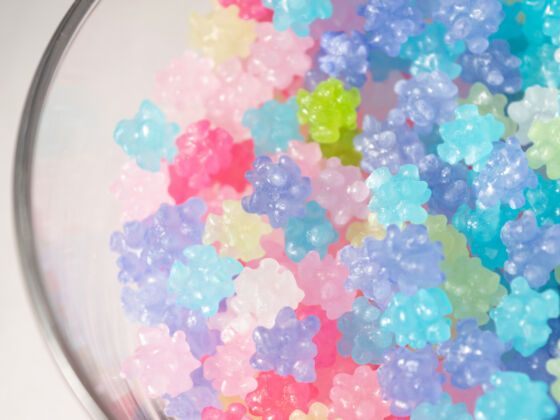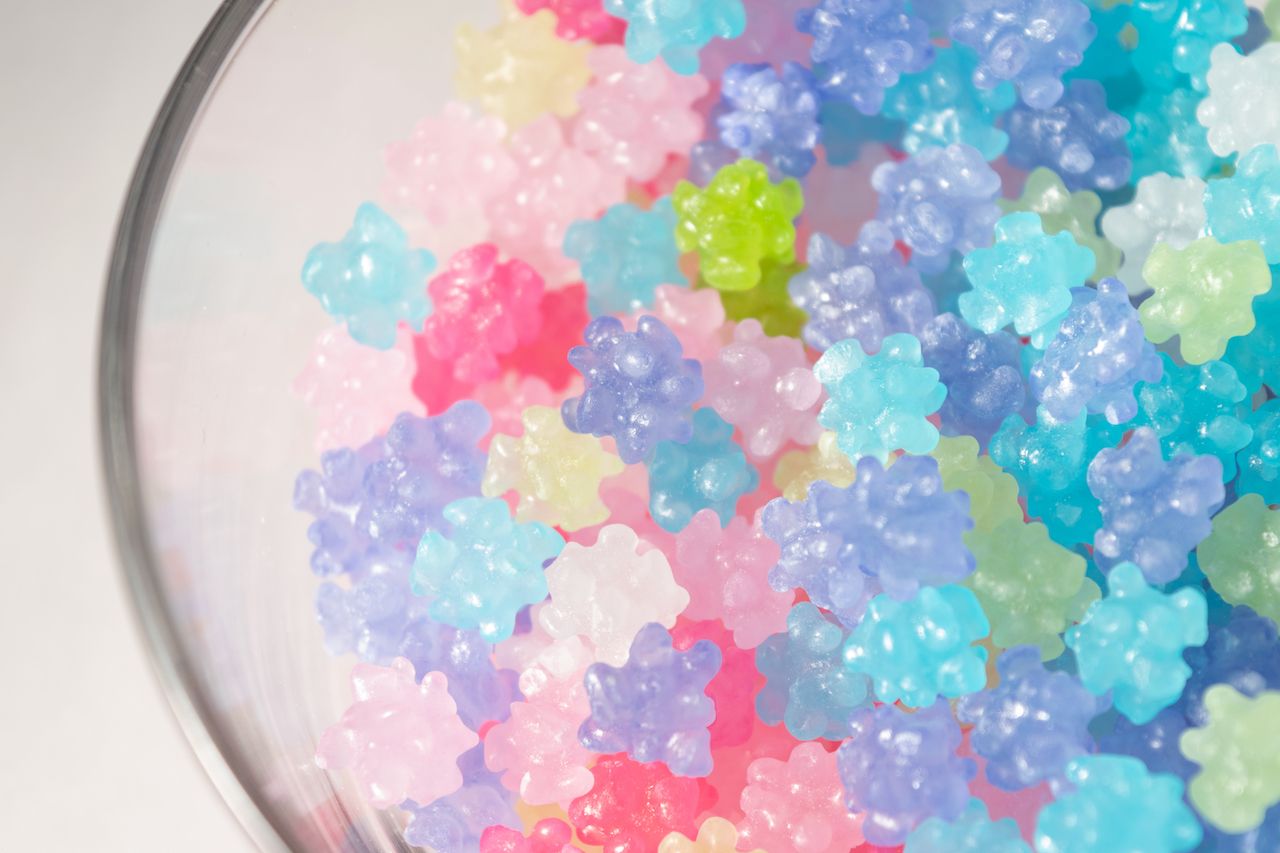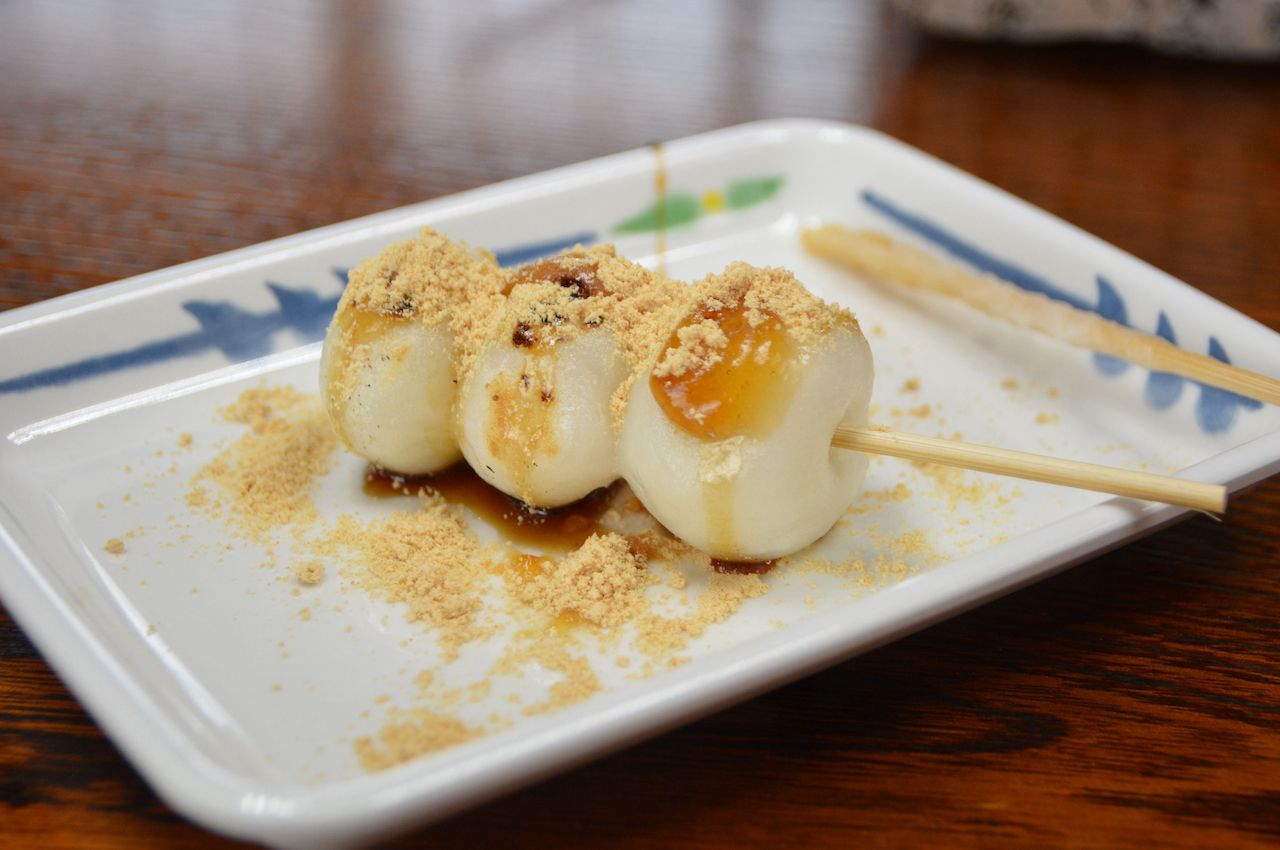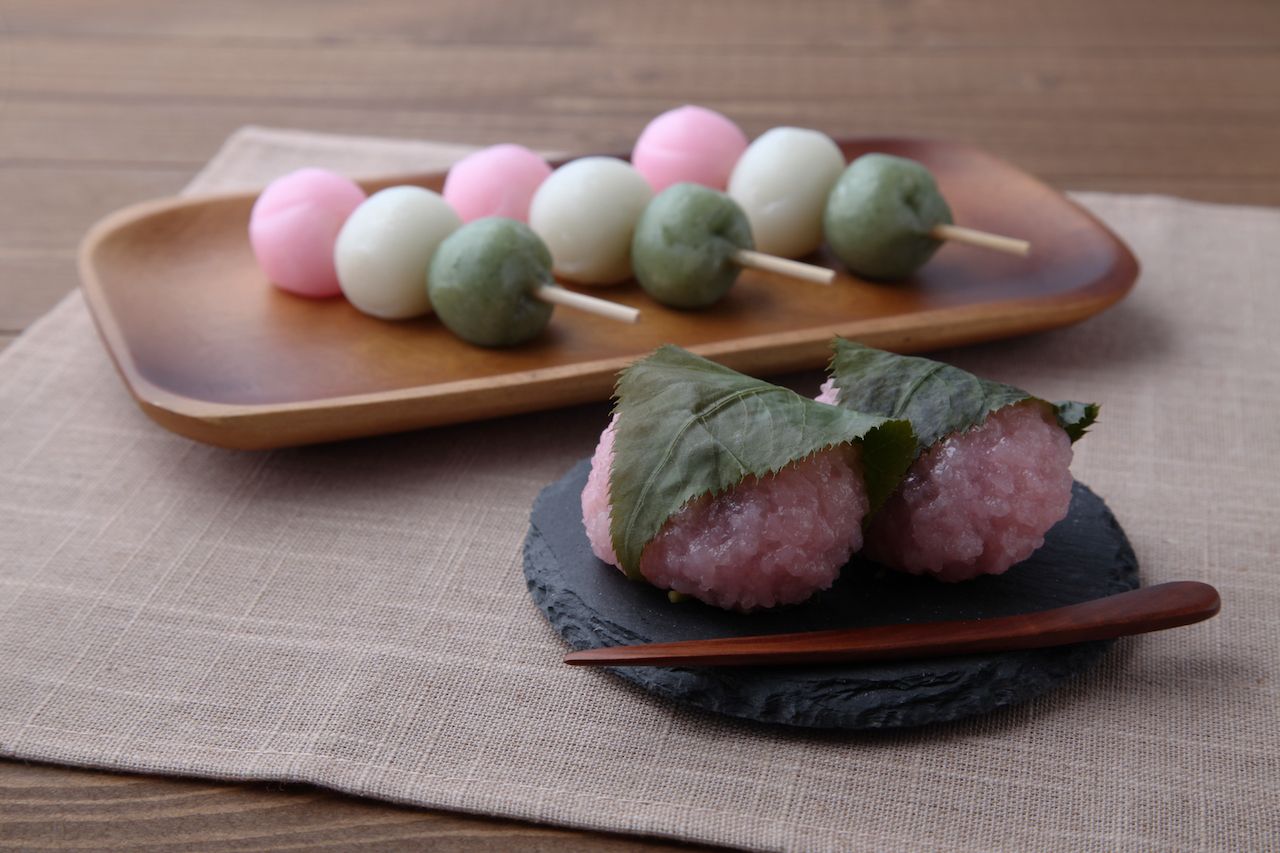Dagashi is the nostalgic, old time junk food without pretense– the kind many Japanese adults today probably bought as children at a nearby mom and pop shops decades ago.
Alas, kids get more money from their parents these days and want the newer and fancier snacks, causing many old dagashi shops to close. The sight of a dagashi shop is no longer so common, but if you find one, go in with 500 yen, grab a basket, and you’ll walk out with the toothy grin of a child and a handful of unusual treats.
Here are a few unique items with flavors you can’t find at home.






